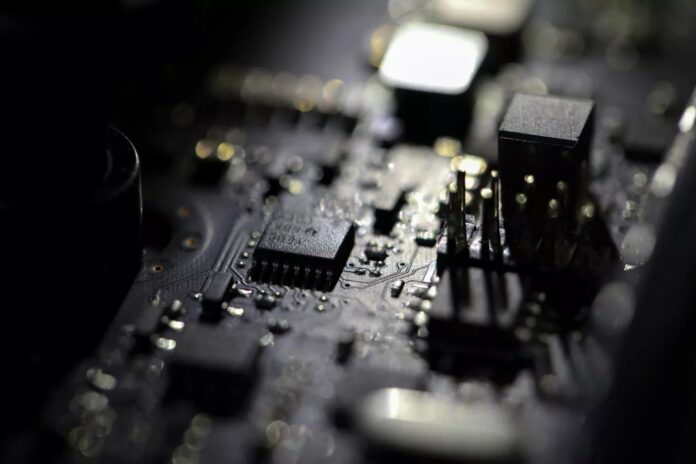The Biden administration is stepping up efforts to fix shortcomings in chip making and packaging innovation to keep up with China’s inroads in the sector. But plans to start a chip research consortium lack preparation – they haven’t even sorted out where it will be based, while big chip firms haven’t received federal funding in nearly 1.5 years.
On Friday, the US government announced its intention to commit $11 billion to advancing semiconductor technology through research and development (R&D) in the country to stymie China’s thrusts to lead the industry, according to media reports.
US officials disclosed the country was establishing the $5 billion National Semiconductor Technology Center (NSTC), marking the second significant R&D investment under the auspices of the August 2022 Chips and Science Art.
The act makes provision for $52.7 billion, including $39 billion to subsidize chip production, and grants a 25 percent tax deduction for investments in constructing semiconductor plants, estimated at $24 billion.
The touted NSTC represents a “public-private partnership that the government, industry customers, suppliers, academics, entrepreneurs, venture capitalists,” as per US Commerce Secretary Gina Raimondo.
The center is reported to fund the design and prototyping of new chips, in addition to training workers for the sector. Companies have clarified that they need a skilled workforce in order to capitalize on the separate $39 billion being provided by the government to fund new and expanded computer chip plants.
Although the Commerce Department has promoted the initiative as rapid, major US chip producers are increasingly frustrated by the absence of any federal support funds, as a year and five months have passed since President Joe Biden assented to the Chips Act.
The project also faces a hurdle, as authorities are yet to finalize a site for the NSTC headquarters.
In October 2022, the United States restricted the export of specific advanced semiconductor manufacturing equipment and items to Chinese companies. A year later, in October 2023, the US further expanded these export restrictions on advanced semiconductors. Beijing has repeatedly accused Washington of exploiting control measures in order to overburden Chinese firms.
US-China relations have been under strain for a considerable period due to mounting limitations on the export of US goods and services, the continuation of import duties on Chinese products, the rise of global trade conducted in yuan, and the diminishing influence of the US dollar worldwide.




